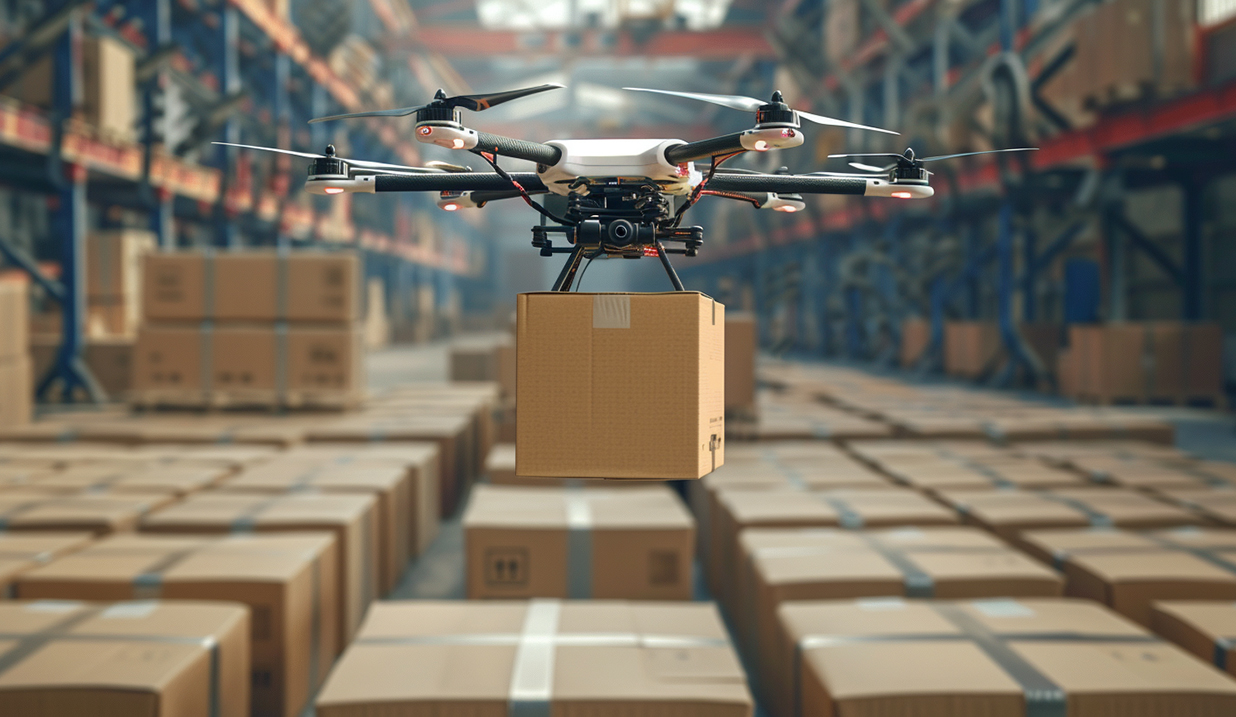
WIRELESS CHARGING IN THE NEWS
With accelerated urbanization and an increase in high-rise buildings, fire prevention and control face unprecedented challenges. To enhance firefighting efficiency and confront complex fire situations, firefighting robots are increasingly being deployed in rescue operations. The effective performance of these robots in fire scenarios not only relies on advanced sensory and mobility technologies but also requires efficient and convenient power supply solutions. The introduction of wireless charging technology provides crucial support for enhancing the performance and flexibility of firefighting robots.
Firefighting robots need to operate under extreme conditions, dealing with high temperatures, smoke, and unstable environments. Their continuous operational capability is of utmost importance. Traditional wired charging methods impose significant restrictions on charging location and timing. In contrast, wireless charging technology eliminates the dependency on physical contact, enabling robots to quickly complete charging processes without interrupting their ongoing tasks. By deploying wireless charging devices at fire stations and other firefighting facilities, robots can recharge during any idle moments without needing to return to base or leave their protective duties, significantly improving their deployment frequency and emergency response time.
In fire scenarios, time is often a critical factor. To swiftly respond before the fire spreads rapidly or structural damage occurs in buildings, firefighting robots must possess sustained endurance. Wireless charging technology allows for quick recharge times, ensuring that robots can promptly engage in action when needed. This not only reduces the potential risk of power depletion but also means they can quickly return to optimal condition after multiple deployments, enhancing the continuity and effectiveness of rescue operations.
The complexity and unpredictability of firefighting environments demand robots to be highly mobile and adaptable. One of the key advantages of wireless charging technology is the elimination of frequent docking and unplugging actions, reducing the possibility of hardware wear and malfunction caused by physical contact. Even under high-frequency usage conditions, robots can maintain good performance, extending the equipment's lifespan. Additionally, without cable connections, robots can maneuver more freely in confined spaces or environments with varying obstacles, enhancing their operational flexibility and adaptability.
Wireless charging technology not only improves operational reliability but also significantly enhances safety. In emergencies, traditional wired charging may pose risks of short circuits due to wet floors or other factors. Wireless charging, through non-contact energy transfer, eliminates these hazards. This is particularly important on fire scenes, where minimizing safety issues is key to ensuring the smooth progress of rescue operations. With wireless charging, firefighting robots reduce the likelihood of human error and maintain stable working conditions during prolonged use.
Looking ahead, the continuous development of wireless charging technology will bring more possibilities to the application of firefighting robots. With more efficient and faster wireless charging solutions emerging, firefighting robots will be able to operate more automatically and intelligently on firegrounds. For instance, integrating with IoT technology, robots can achieve real-time self-energy monitoring and regulation, automatically planning optimal charging timings and routes, and even supplementing energy mid-task through mobile charging units. All of this will provide firefighting teams with greater tactical flexibility to face complex disaster challenges in modern urban settings.
In summary, the application of wireless charging technology in the realm of firefighting robots not only enhances rescue efficiency but also broadens their functions and roles in firefighting operations. As a vital component of future technology, wireless charging will ensure that firefighting robots operate efficiently in complex emergency scenarios, providing a powerful support system for safeguarding cities and their residents. With continuous technological progress, wireless charging for firefighting robots will propel the entire firefighting industry towards greater intelligence and efficiency, contributing to a safer societal environment.







